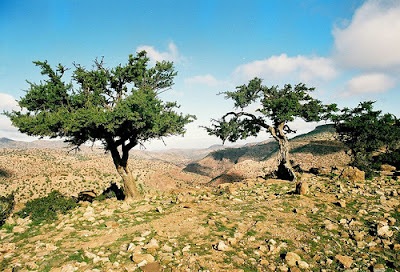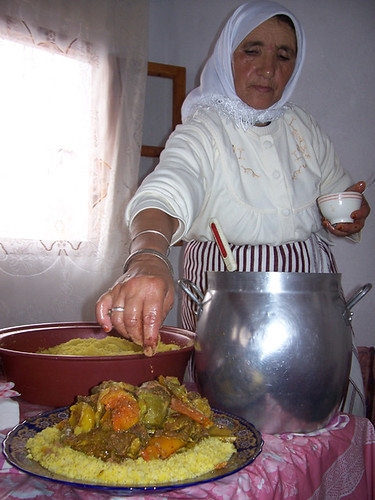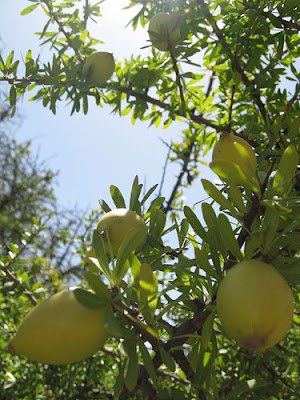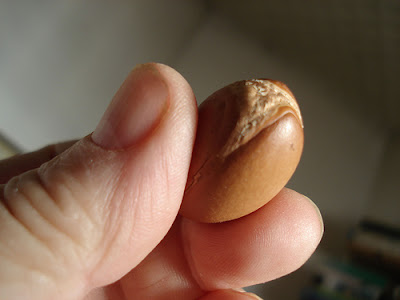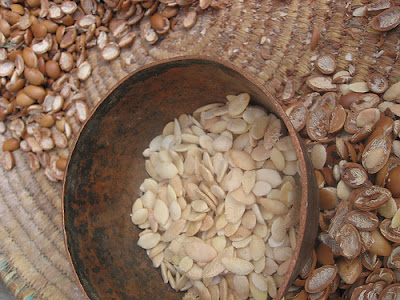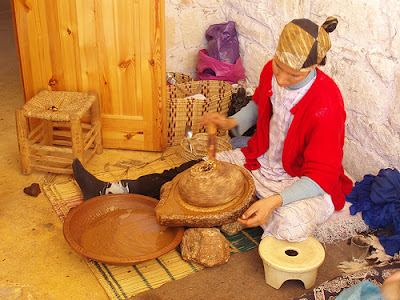Argan tree, the geographical exception of being local to southern Morocco, is a tree with a life spreading between 150 and 200 years. Argan tree is very resistant to drought and heat.
Argan tree geographical area span over 830,000 ha along the Atlantic coast from Essaouira (Morocco) to Souss valley (Morocco) where it represents 71% of forests. But there are colonies of Argan trees in places where they are not expected witnessing an extension of the old area.
One of the main ecological characteristics of Argan tree
 lies in its adaptability to all kinds of soils. It's found on clay soils, limestone, and so on. However, it does not grow on sandy soils, hence its absence on the dunes surrounding the town of Essaouira .
lies in its adaptability to all kinds of soils. It's found on clay soils, limestone, and so on. However, it does not grow on sandy soils, hence its absence on the dunes surrounding the town of Essaouira .It is interesting to note that soil fertility is higher beneath the Argan tree where the soil is always wet and microbial activities are more important. Researchers have identified varieties of plants that owe their survival to the micro-climate Argan tree offers.
Argan tree area expands from sea level up to an altitude of 1500m southern of Morocco, and 700 m on the northern mountains of Morocco.
This ever green and thorny tree is perfectly adapted to aridity. Thanks to its deep root system, Argan tree helps maintain soil fertility, and protect it from water and wind erosion keeping away desertification threat.
Argan tree belongs to the Sapotaceae plant family. It grows in the southwest of Morocco, on dry lands, and plays an important role in the ecology of the area by maintaining humidity keeping the surrounding land fertile.
The Argan tree is characterized by its roots that are so deep (five times the upper part). It can spontaneously get rid of its leaves to minimize evaporation of moisture once traversing prolonged drought periods that may endanger its existence. Argan tree wood is used for construction and its leaves are the daily camels' food as well as that of goats which don't hesitate climbing up the tree to graze the seedlings. Argan fruits, which are concealed within a very hard shell, take two years long to reach maturity and finally be ready for the extraction of the miracle oil: the Argan oil.
 Argan nuts enclose one or more almonds (up to three), containing a very thin oil with a light nutty flavor.
Argan nuts enclose one or more almonds (up to three), containing a very thin oil with a light nutty flavor.Unfortunately, Argan tree is an endangered species due to intensive agriculture and other tree wood usages. However, UNESCO recognized in 1999, the Argan forest as a World Heritage of Humanity.
